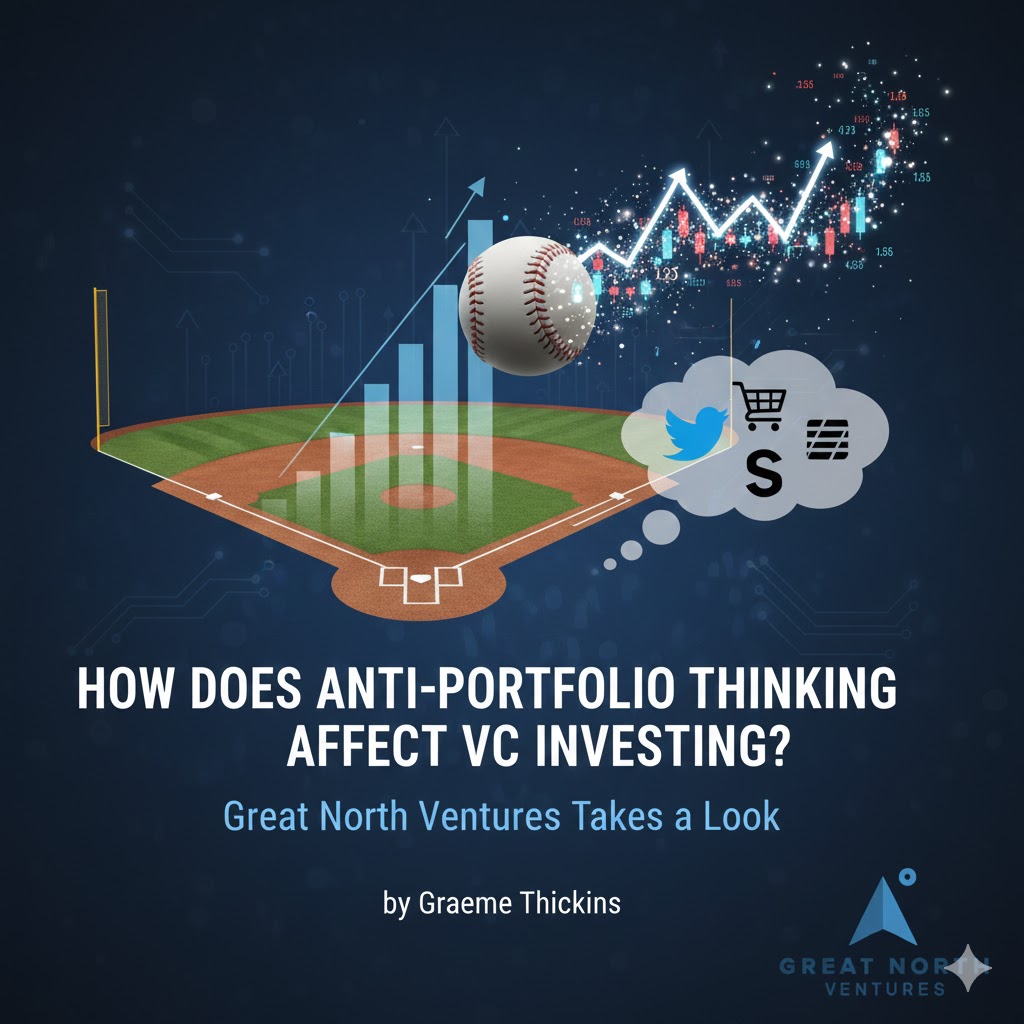By Pradip Madan, Ryan Weber, and Rob Weber
In the US, several tech ecosystems have become centers of tech innovation in addition to the much-vaunted Silicon Valley. Silicon Alley is in NYC; Austin is known as Silicon Hills; Silicon Mountain includes Boulder, Colorado Springs, Denver and Fort Collins; Silicon Forest is in the Greater Portland region; and Silicon Prairie covers Omaha, Des Moines, and Kansas City (depending on who you ask). But what about the upper Midwest? Can it rightfully be called “Silicon Lakes”?
The ‘Silicon’ brand has not only spread through the US, but has also found limited purchase overseas, as in Silicon Wadi in Israel. More importantly, the essence of Silicon Valley has become rooted in various international regions, including the thriving tech ecosystems of Hong Kong, Shenzhen, Beijing, Cheng-du, and Dalian in China; Bangalore, Pune, and Hyderabad in India; Haifa, Israel; Tsukuba, Japan; Suwon, Korea; and Hsinchu, Taiwan.
On a smaller scale, innovation hubs are also springing up from Barcelona to Buenos Aires and Paris to Johannesburg, and can be found near universities and in buildings repurposed as co-location centers for innovative tech companies.

The “Silicon” Recipe
So, what is the essence of Silicon Valley? How do you define the nature of innovative regions and hubs, beyond the “Silicon” brand? By identifying the nature of particular attributes across these hubs including culture, talent, capital, and collaboration, we can begin to see common characteristics, and what it takes to form a successful innovation hub.
1. Culture
First, you need the right culture. This attribute is best characterized by the culture Intel established in the late 1970s and early 1980s. Key traits include openness, transparency, and optimism combined with discipline, inclusion, talent and meritocracy; clear shared goals with an emphasis on value creation and collaboration; a platform to succeed with a permission to fail, and the resilience and acceptance to repeat despite failure.
At Intel, there are open cubicles for Intel’s rank and file alike, including the CEO. Measurable individual key objectives are shared with colleagues, as is encouragement to push the edge. The employees are a cultural cornucopia, including the best new college graduates (NCGs) hired from the best schools. These employees manifested the culture, and while Intel was not unique in creating it, its powerful brand did a lot to popularize it.
Today, this culture is multiplied across the many unicorns and the thousands of successful tech companies, from startups to mid-sized enterprises, that make up Silicon Valley.
2. Talent and Capital
On a physical level, the proximity of academic centers such as Stanford University and UC-Berkeley provide a fountainhead of talent and ideas in Silicon Valley. Stanford’s contribution to the development of Silicon Valley is particularly well-known and can be characterized as a successful pairing of advanced engineering and commercialization.
Commercialized advancements begat wealth, and now Silicon Valley is decades into significant wealth creation. This wealth and entrepreneurial thinking has led to a ready flow of risk capital, the availability of which is another key attribute of innovation hubs.
3. Collaboration
Complex problems benefit collaborative thinking, which benefits from diverse experiences. For many years, the complex problems of the human body have required in vitro testing of single molecular pathways for several months, testing in mouse models for 1+ years, and in clinical trials for more than 1-2 years. Realizing the need to accelerate this process by examining multiple variables at the same time, and that computational methods ranging from vertical search to structural biology could accelerate insights, Stanford University established Bio-X in 2003 as a center for interdisciplinary collaboration between the computational and life sciences.

The Innovation Ecosystem as a Rainforest
In his book “The Rainforest: The Secret to Building the Next Silicon Valley”, author Victor Hwang delves into the ingredients for a healthy “innovation ecosystem”. He uses the rainforest as a metaphor to identify the success factors for tech entrepreneurship: a natural eco-system in which abundant species thrive based on autonomy, symbiosis, and survival of the fittest as core principles.
“However, the key to the mystery of Silicon Valley is the software. And that software works like a ‘rainforest’—an ecosystem that thrives because its many elements combine to create new and unexpected flora and fauna. Those elements thrive through rapid mixing, just as they do in a natural biological system.” – Victor Hwang, in Forbes |
The Rainforest Thrives in the Valley
The companies in Silicon Valley largely embody the above practices. A hundred miles away in any direction, in Central Valley, in Wine Country, or in Pebble Beach/Monterey, the atmosphere changes tangibly, and the regions are untouched by tech concepts and unicorns. It is not that the communities are deliberately or inalterably different, it’s simply that the awareness of these cultural attributes has not been as powerful or pervasive, or to put it colloquially, it’s not ‘in the air and water’. The same transitions exist around most other “Silicon” ecosystems or innovation hubs.
… But Takes Root in any “Silicon” Soil
What made an impact at Intel was the investments its legendary CEO, Andy Grove, personally made in training, writing books, giving lectures, taking the time to teach new college grad employees, and promoting concepts such as measurable goals, transparency, and constructive confrontation. Similar cultural emphases at companies like Google, Facebook, and Apple help drive innovation today, while the many opportunities to mingle at conferences, meetups and BarCamps, (where like-minded engineers share ideas and solve problems), and the proliferation of open courseware, enable innovation to thrive on a much larger scale.
We instilled these principles in the open workspaces in our own past company, located in three places: St. Cloud, Minneapolis (in the repurposed Grain Exchange), and in San Francisco. Commingling the Midwestern values of the founders with the lessons of Silicon Valley’s success experienced by our Board members, we created a culture of entrepreneurial success.

The open work environment of the co-working space Fueled Collective, in the historic Grain Exchange building, downtown Minneapolis. Where grain was once traded, ideas are currency.
Conversely, is there evidence that policy-based institutions do not have impact? Look around Silicon Valley for unicorns traceable to policy-based cause-and-effect. The city governments of Santa Clara (Intel headquarters), Cupertino (Apple Headquarters), Palo Alto (HP and Tesla headquarters), Mountain View (Google headquarters), or Menlo Park (Facebook headquarters) have not been the agents of change.
So, does that mean policy-driven innovation hubs do not succeed? We believe that policy-based initiatives (ultra-high-speed broadband, net neutrality, etc.) are important enablers, but without entrepreneurial zeal, they are never enough, and ultimately wither. Relatively speaking, regions such as China have benefited from the visible hand of policy initiatives, but in the end, even there, the invisible hand of entrepreneurship has been the necessary ingredient.
Silicon Lakes
The upper Midwest has the culture, the talent, and the capital to be an innovation hub. It has interdisciplinary collaboration – but it can use more. At Great North Labs we are working closely with St. Cloud State University and other local organizations to foster a similar ecosystem of interdisciplinary collaboration. We work with private and corporate LPs to seed startups in the upper Midwest, using the shared knowledge of our advisors and contacts to facilitate their success. We also educate, participate in events, and promote connections in the local tech communities. Our aim is to create a powerful innovation ecosystem in this region and connect it to the larger community of “Silicon” geography around the world. Welcome to Silicon Lakes!







